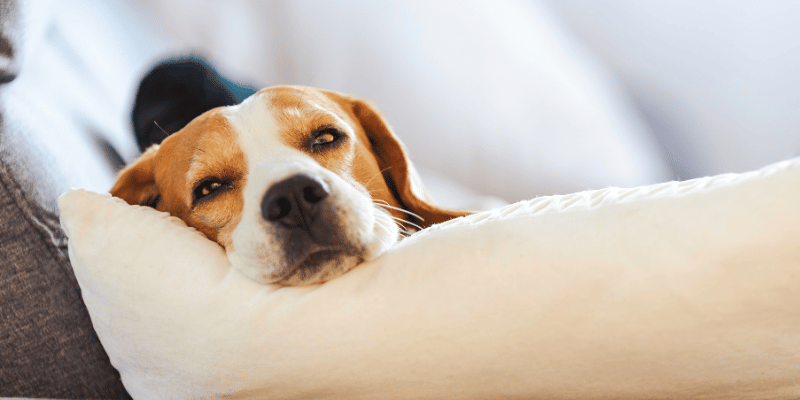This Spey/Neuter Awareness month, we’re discussing the post-desexing period in pets and how your care can help your pet stay in tip-top condition after their “snip!”
The benefits of desexing
Unless you are planning to breed responsibly from your pet, then it is generally recommended to get them desexed. This helps to prevent unwanted cats and dogs going to shelters and being euthanased.
Desexing your pet at an appropriate age can also lead to some potential health benefits for them too, such as:
- Elimination of the risk of testicular tumours
- Elimination of the risk of uterus infections and ovarian cancers in female dogs and cats
- Decreased risk of prostate enlargement and infection in older male dogs
- Decreased risk of tumours and hernias around the bottom in male dogs
- Decreased risk of roaming and fighting-related injuries in male dogs and cats
- Decreased risk of urine marking in male cats
- Decreased risk of mammary cancers in female cats and dogs
The main downside of desexing
Desexing your pet does have a long-term effect on their metabolism, which can lead to unhealthy weight gain if not managed appropriately.
To help keep your pet in healthy body condition post-desexing, we’d recommend learning to check and monitor their body condition score – ask our team about this if you’re unsure.
We’d also recommend changing your pet to an adult healthy weight maintenance diet at an appropriate time – this is usually best done at:
- 10-12 months of age in cats and small-medium dogs
- 12-18 months of age in large dogs
- 18-24 months of age in giant breed dogs
Lastly, keeping your pet as fit and healthy as possible with daily exercise is also effective, not to mention enjoyable for you and them!
For a personalised recommendation on the most appropriate age to desex your pet or any other desexing-related queries, consult our surgery-savvy vets.

